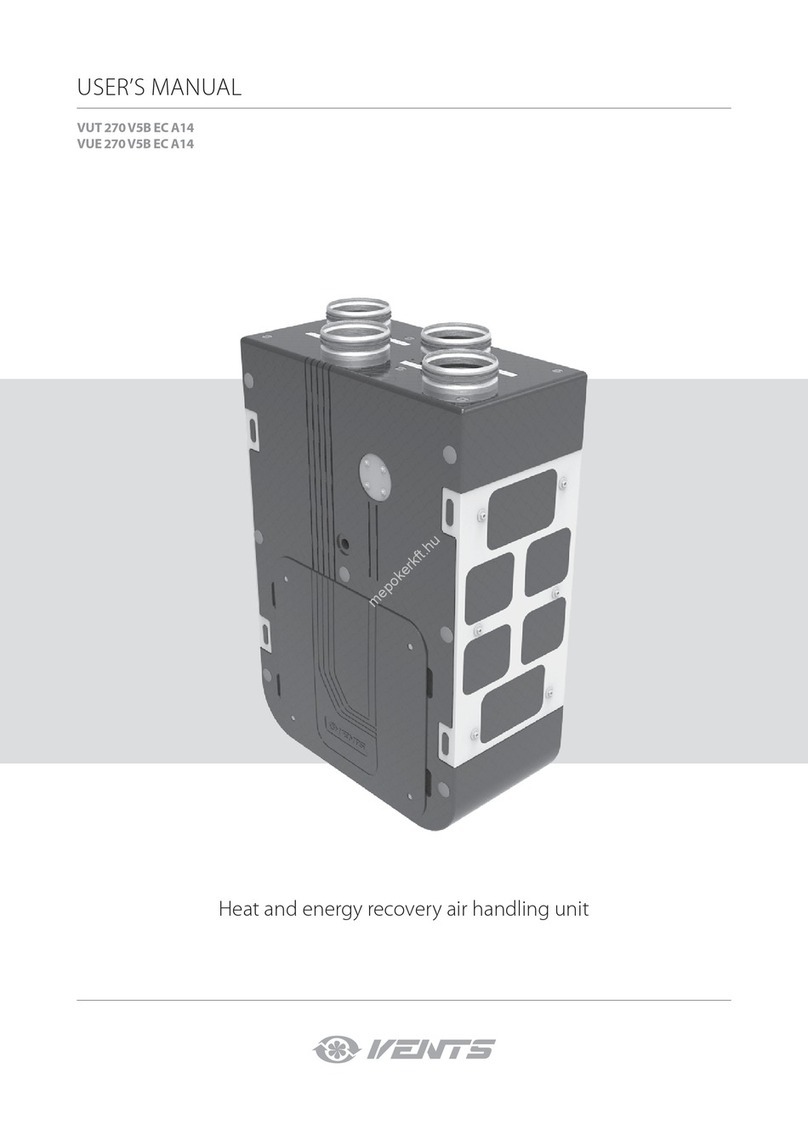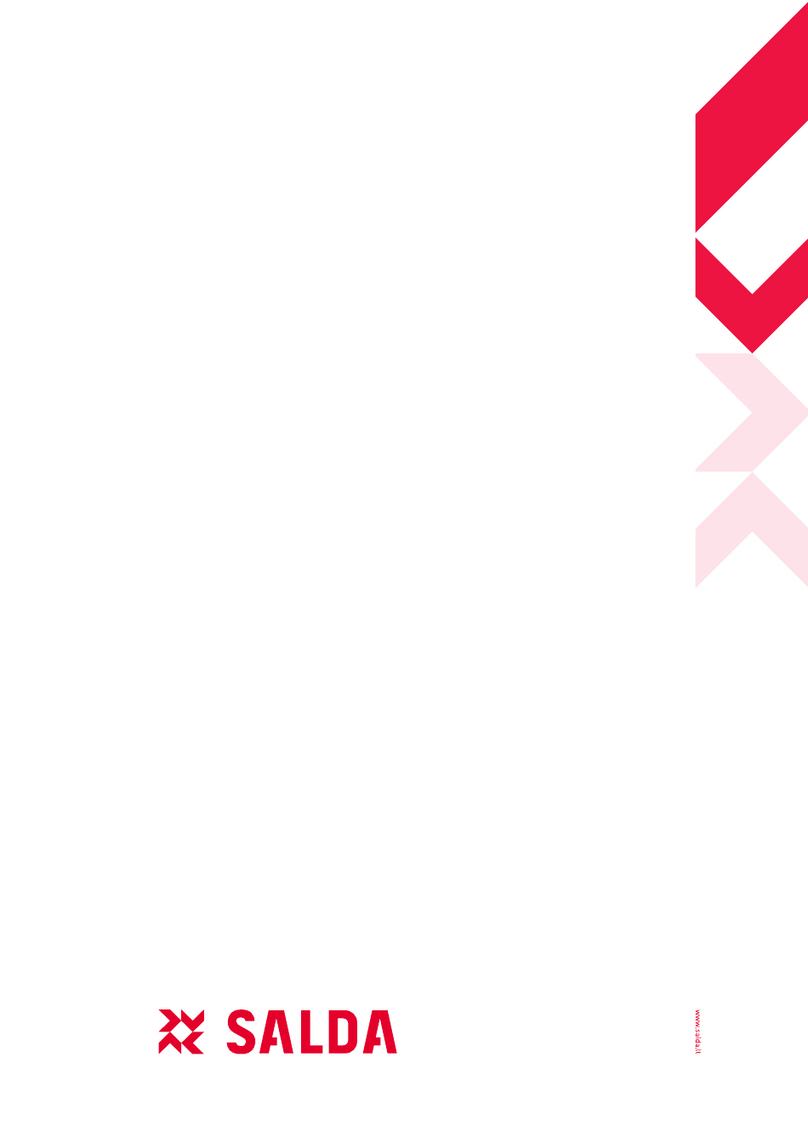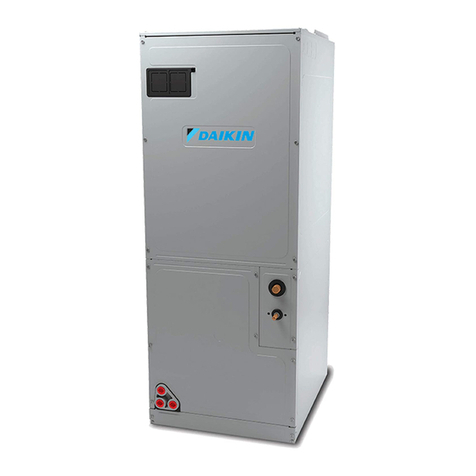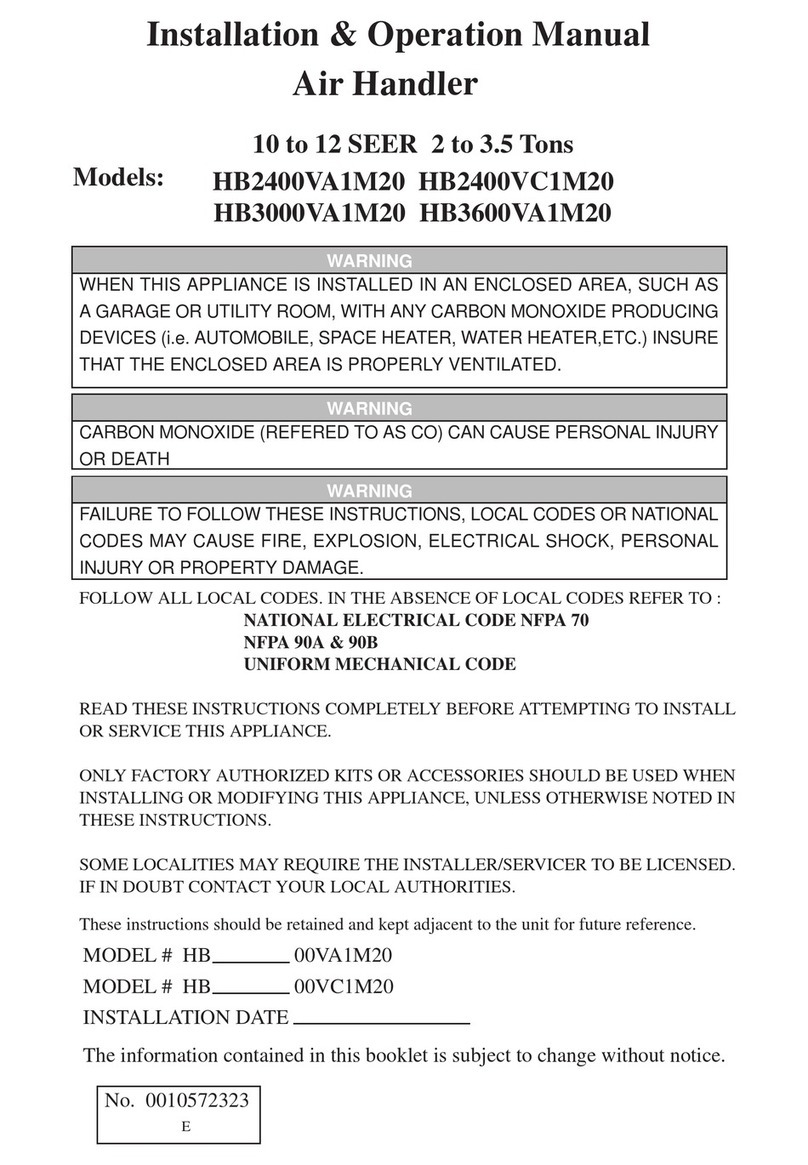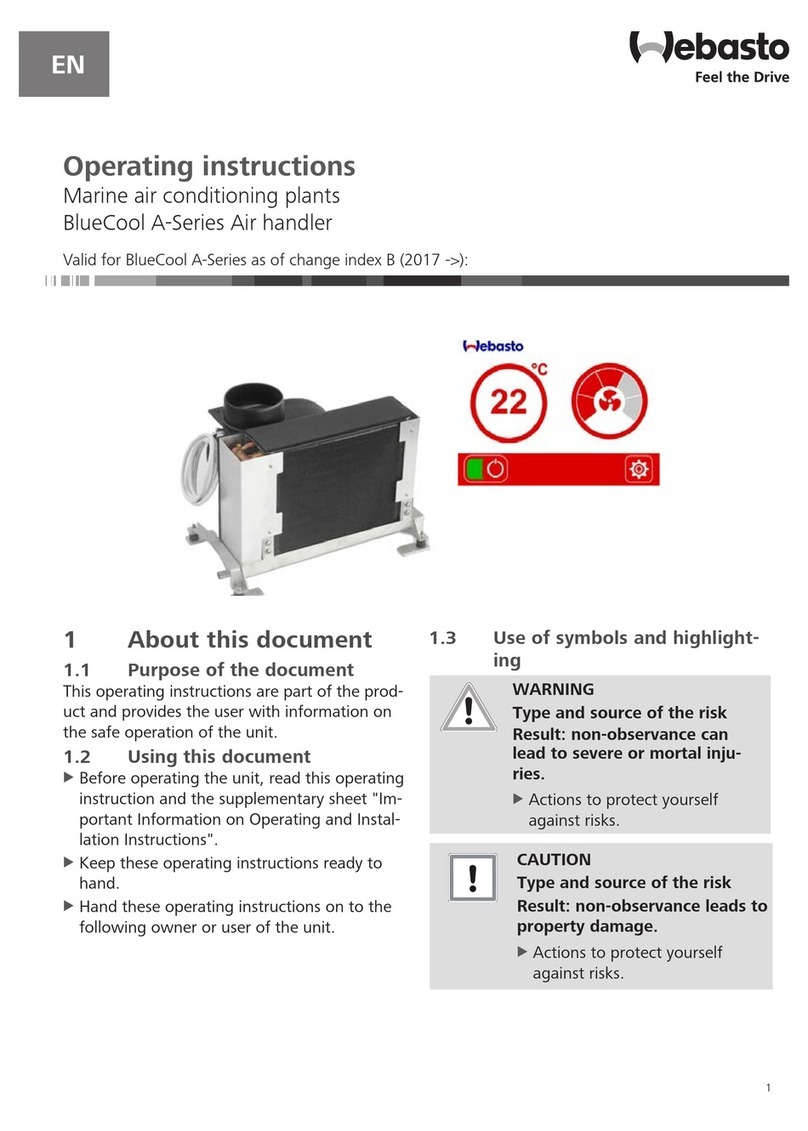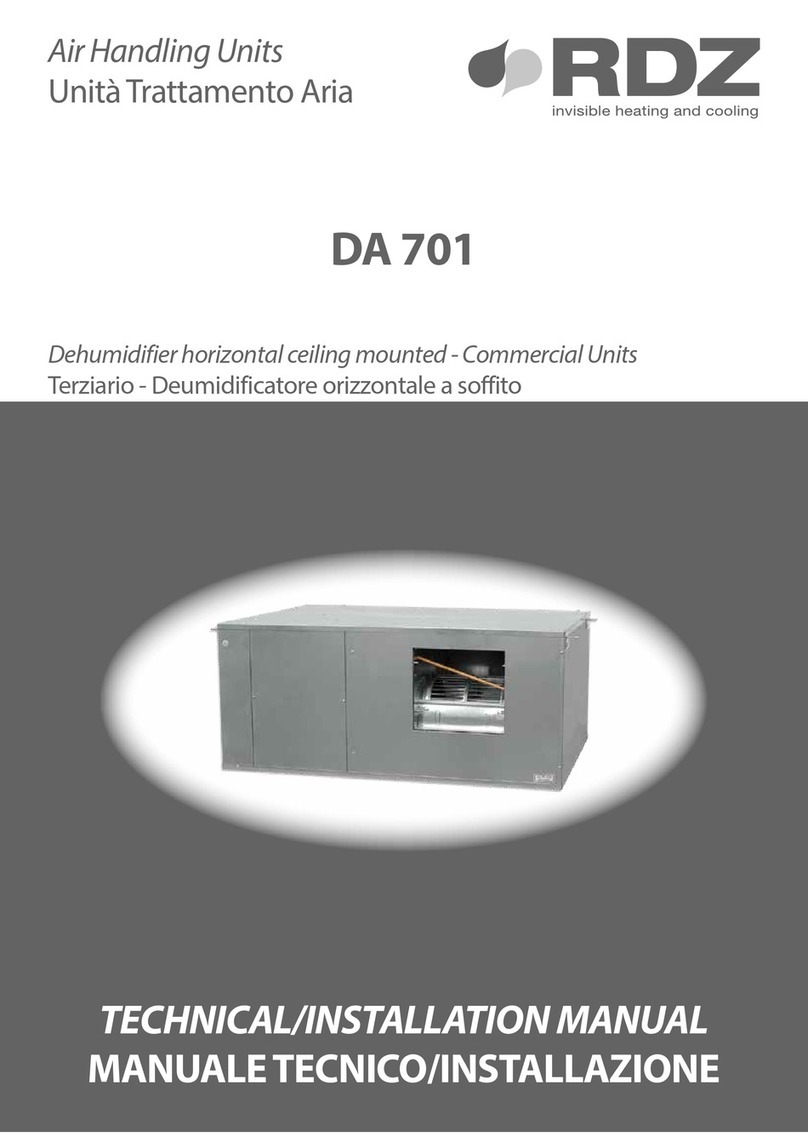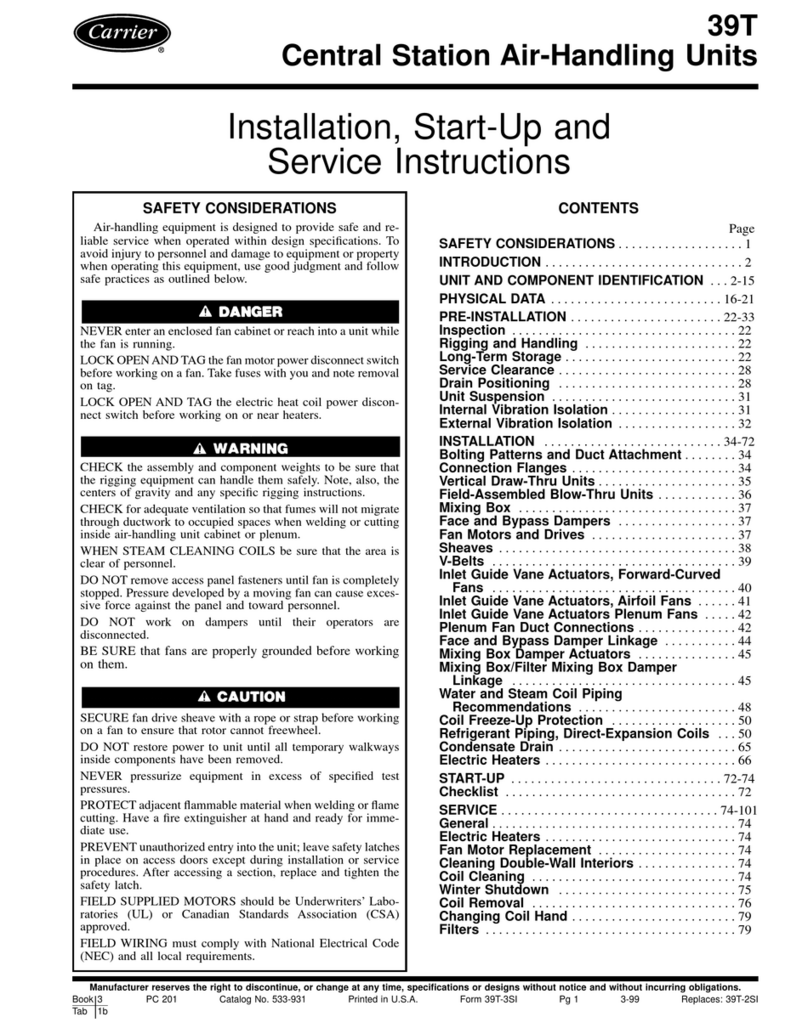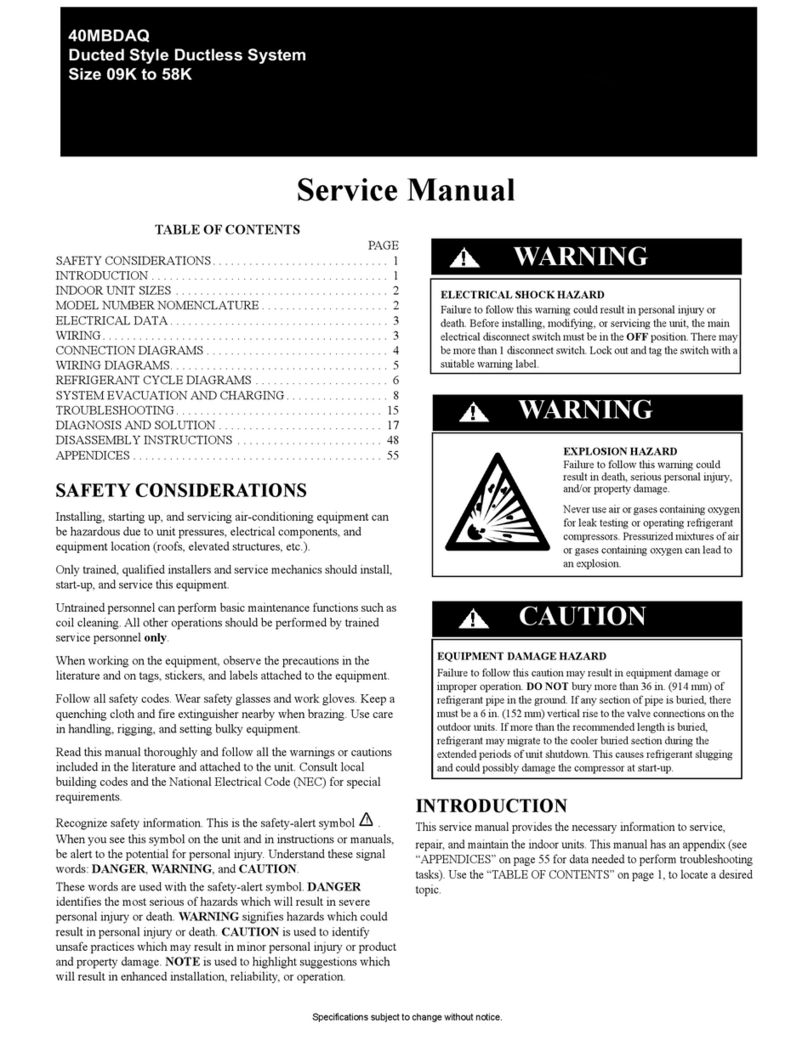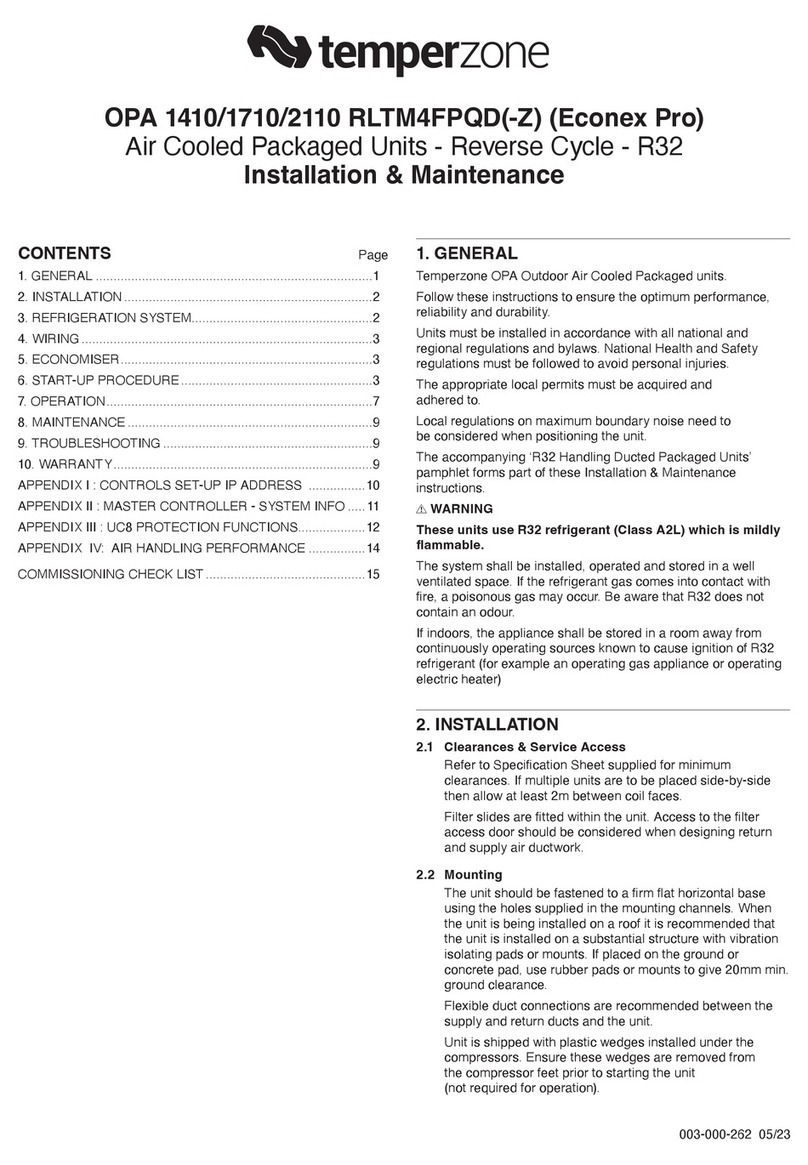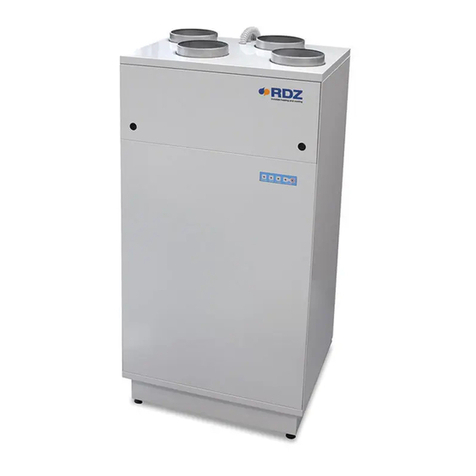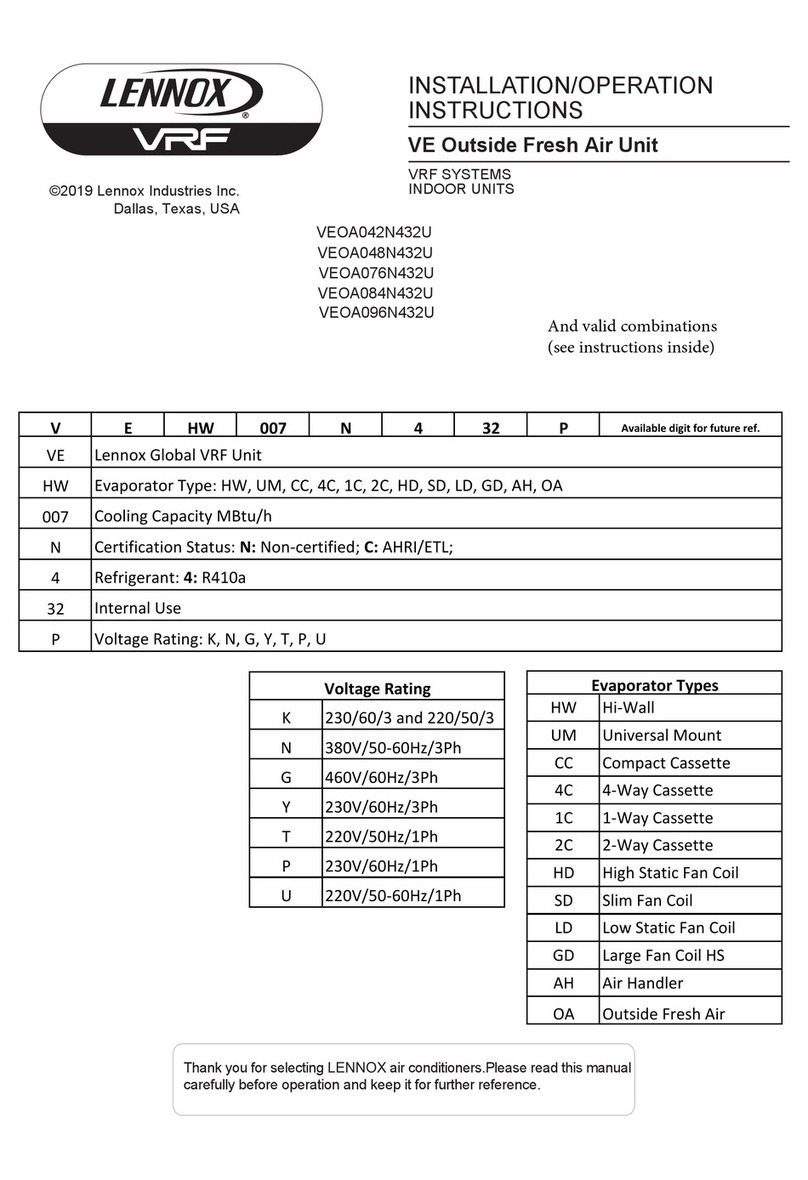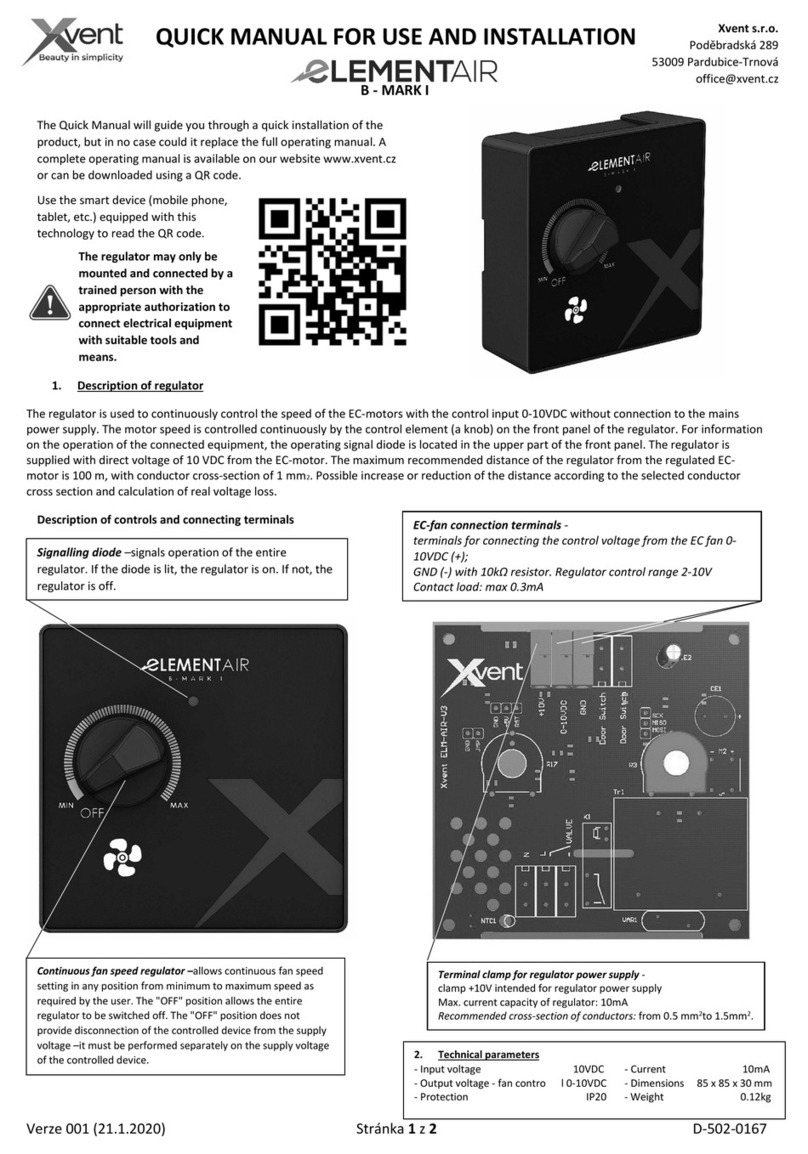
2
CONTENT
1. General information ....................................................................................................................................................... 4
1.1. Introduction .................................................................................................................................................................. 4
1.2. Use of the unit............................................................................................................................................................... 4
1.3. Transport, inspection of delivery and storage........................................................................................................... 4
1.4. Contents of the package .............................................................................................................................................. 5
1.5. Before start of installation ........................................................................................................................................... 5
2. Technical parameters ..................................................................................................................................................... 5
2.1. Atacama heating unit design ....................................................................................................................................... 5
EXHAUST COVER ....................................................................................................................................................... 5
2.1.1. EXHAUST COVER ....................................................................................................................................... 5
2.1.2. WATER EXCHANGER ................................................................................................................................. 5
2.1.3. FAN ........................................................................................................................................................... 5
2.1.4. CONSOLE ................................................................................................................................................... 5
2.2. Main dimensions and minimum working space requirements for Atacama units ............................................... 6
2.3. Technical data ............................................................................................................................................................... 7
2.4. Technical data of water heaters.................................................................................................................................. 7
3. Installation of heating units in the working position .................................................................................................... 9
3.1. General information, recommendations and safety during installation of the Atacama heating unit .............. 9
3.1.1. Electrical safety before assembling the unit ........................................................................................... 9
3.1.2. Modification of existing heating distribution systems ........................................................................... 9
3.1.3. Load bearing capacity of the assembly site............................................................................................. 9
3.1.4. Minimum assembly distances ................................................................................................................. 9
3.1.5. Minimum safety distance from flammable substances .......................................................................... 9
3.2. Ceiling installations .................................................................................................................................................... 10
3.3. Wall installation .......................................................................................................................................................... 10
3.4. Examples of chained heating units ATACAMA ........................................................................................................ 10
3.5. Water exchanger connection ................................................................................................................................... 11
3.5.1. Connection of the unit to the existing hot water distribution system ................................................................. 11
3.5.2. Water exchanger connection .................................................................................................................................... 11
3.5.3. Venting (discharge) valve ....................................................................................................................... 12
3.5.4. Example of hydraulic diagram of the unit ............................................................................................. 12
3.6. Electrical installation and electrical connection ...................................................................................................... 12
3.6.1. General Information -Safety .................................................................................................................. 12
3.6.2. Power and control cables ofthe unit ..................................................................................................... 13
3.6.3. Description of power and control cables .............................................................................................. 13
3.6.4. Connection to the mains ........................................................................................................................ 14
3.7. Direction lamellas setting .......................................................................................................................................... 15
